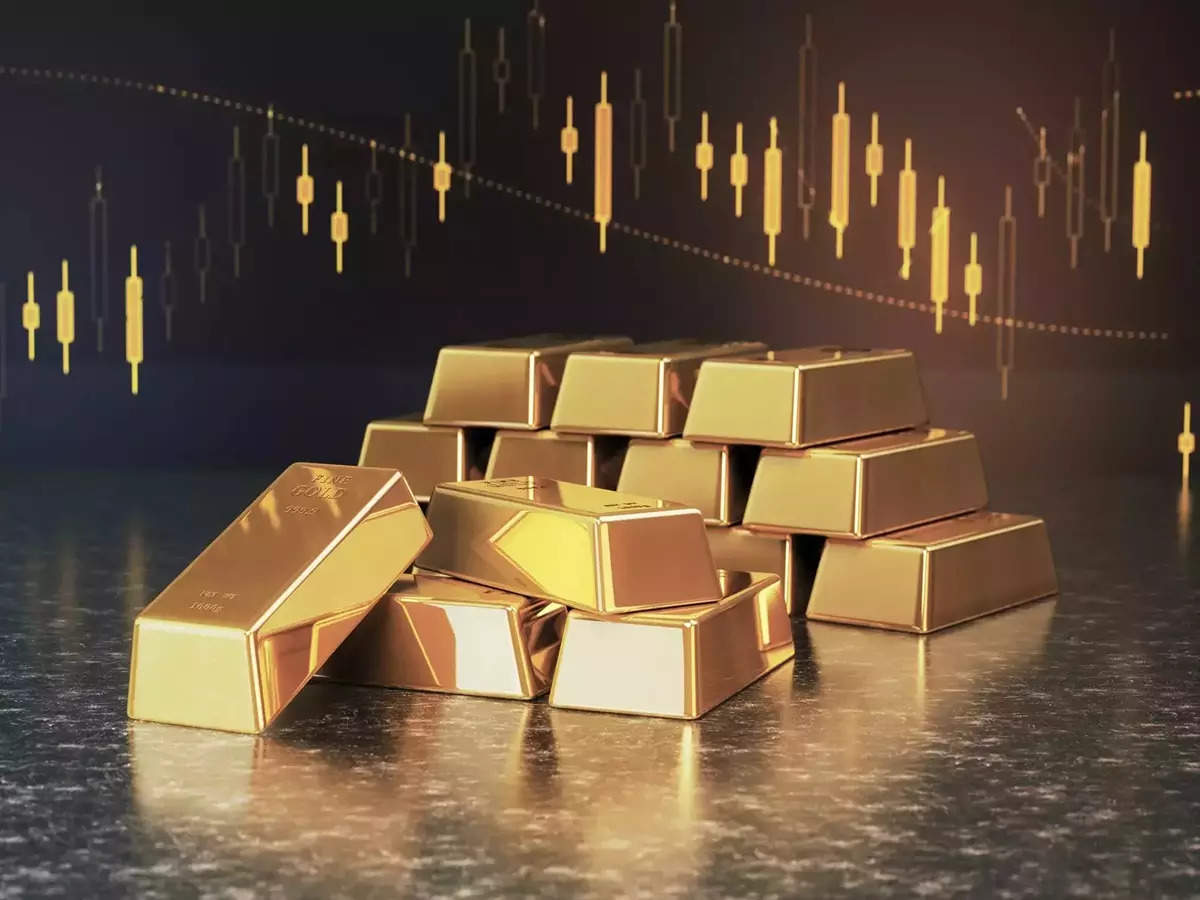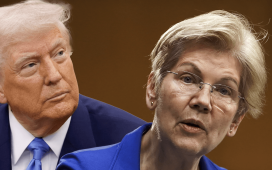
Gold investment interest is expected to remain strong, even as jewellery demand faces pressure from record-high prices, according to a report released by the World Gold Council (WGC).
WGC said that the financial year-end dynamics, which include statutory payments and tax-saving investments, may curtail discretionary spending, further weighing down demand. However, price stability could be a mitigating factor for jewellery demand, which could see an improvement in the new fiscal year starting in April.
Heading into 2025, gold has not only reversed the price moderation seen in November-December (a decline of 6%) but has also repeatedly hit new record highs. So far in 2025, the LBMA gold price in USD has surged by US$286/oz or 10% to US$2,938/oz. Domestic prices have been rising in parallel with international prices, rising by 14% to a record Rs 86,831/10g, with the higher gains attributed to the weakness in the INR against the USD (1.1% depreciation y-t-d).
WGC’s analysis indicates that the upward climb in gold prices can be attributed to geopolitical risks, growing concerns about inflation, and increased investment flows.
The rally in gold prices to repeated new all-time highs since the start of the year has weighed heavily on the retail demand for gold jewellery. Uncertainty about announcements in the Union Budget also influenced buying activity.
Anecdotal reports indicate that demand dropped sharply in January and the weakness persisted into February, despite the end of the inauspicious period in the Hindu calendar (15 Dec – 15 Jan) and the usual-post Union Budget pick-up in demand. Wedding-related purchases too have been subdued, suggesting that many consumers had front-loaded their purchases when prices dipped in November. Rather than making fresh purchases, many buyers are opting to exchange old gold for new jewellery. Additionally, as gold prices surged past previous thresholds, many consumers are also taking the opportunity to sell old gold and lock in profits.
This slowdown in jewellery demand has left retailers reluctant to restock, as they face challenges in meeting payment terms with manufacturers. This has created a liquidity crunch within the industry. The subdued demand environment was reflected in the widening spread between domestic and international prices. Since December, domestic gold prices have been trading at a discount to international prices, with the gap widening from an average US$3/oz in December to US$23/oz.
Notwithstanding the depressed jewellery demand, investment demand interest (for bars and coins) has stayed the course with investors anticipating further price increases, the report added.
2025 began with strong interest in Indian gold ETFs, marked by unprecedented inflows in January. According to the Association of Mutual Funds in India (AMFI), gold ETFs recorded net inflows of INR37.5bn(~US$435mn) in January, significantly higher than the average inflows of INR9.4bn(~US$112mn) over the previous 12 months. The cumulative assets under management (AUM) of gold ETFs grew to INR51.8bn(~US$6bn), a 15% m/m increase and 4.6t were added to the overall holdings, taking the collective holdings to 62.4t.
Anecdotal reports suggest that the strong inflows in January can be attributed to investors redirecting free cash flow towards gold ETFs for diversification amid ongoing global and domestic economic and policy uncertainty. The sustained weakness in the domestic equity markets has also been driving flows into gold ETFs, with investors pulling back from equities in favour of the safe-haven appeal of gold.
In February, a new product was launched, bringing the total number of gold ETFs in India to 19, highlighting the strong momentum in this space.













